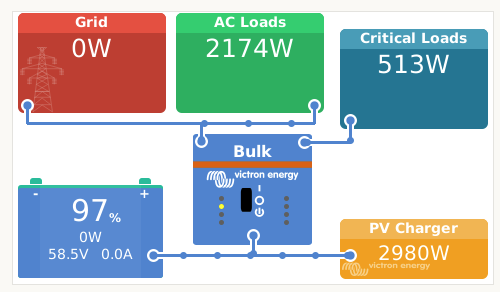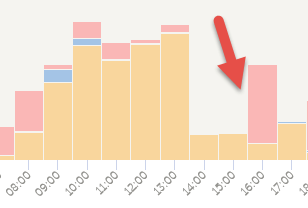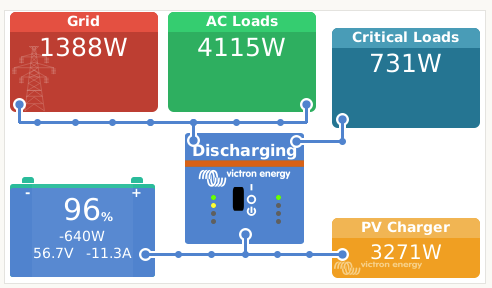I may have another analogy. Back in the 90s, there was this oil additive called Prolong (perhaps it is still around). This thing was rumoured to keep old engines running for longer, and to make new engines last twice as long, etc etc. My father had just dropped a brand New Cummins engine into a lorry at the time, and he told me that the cost of the oil additive over the lifetime of the engine exceeds the cost of an overhaul. Whether the additive is as good as they say it is didn’t even matter (hint: It isn’t!), the “protection budget” wasn’t warranted.
Edit: That is also why 1) I don’t have cell phone insurance, based on my personal profile, the cost of insurance would exceed the replacement of the device, and 2) I do have excess waiver on my short term insurance, because based on my ability to suffer a prang every 2 years or so, it is worth it… ![]()
 ) has 2nd thoughts/reservations?
) has 2nd thoughts/reservations?
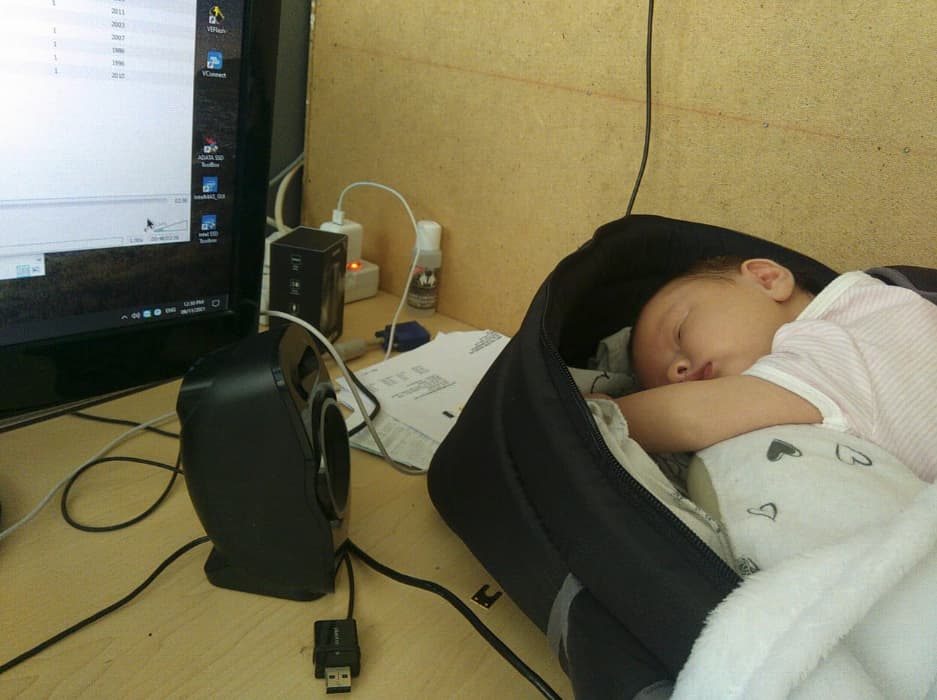

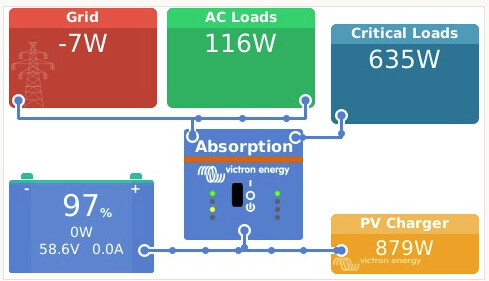
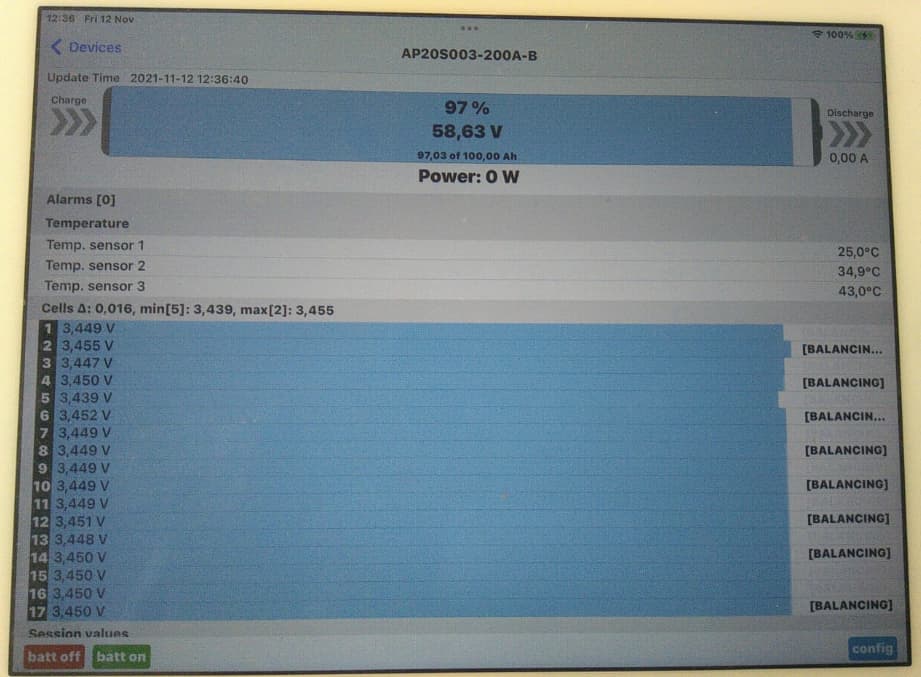
 … the mixing of 100ah and 280ah cells that is.
… the mixing of 100ah and 280ah cells that is.